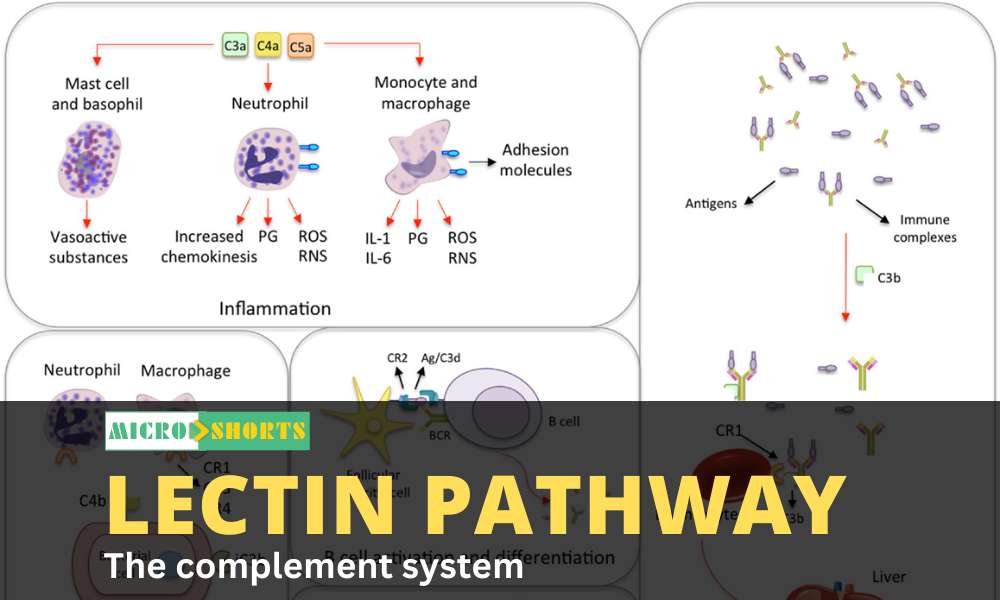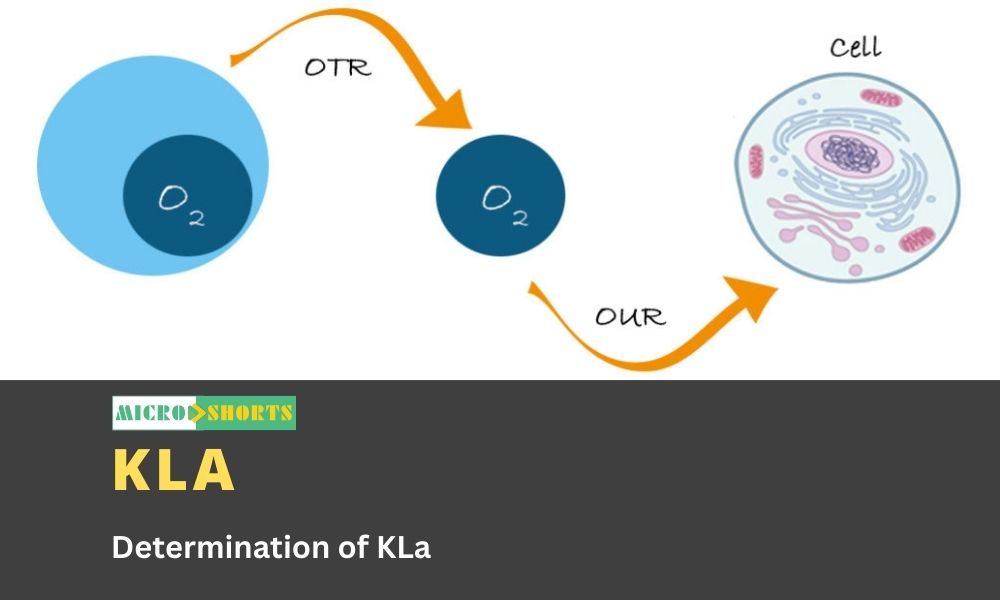Introduction
Ribonucleic
Acid (RNA) Polymerase (RNAP) enzyme is a multi-subunit enzyme that
applies its activity in the catalyzation of the transcription process of RNA
synthesized from a DNA template.
RNA polymerase is a key
enzyme involved in the process of transcription, which is a fundamental step in
gene expression. Transcription is the process by which genetic information
encoded in DNA is copied into RNA molecules, such as messenger RNA (mRNA),
ribosomal RNA (rRNA), and transfer RNA (tRNA). RNA polymerase plays a central
role in this process by synthesizing RNA molecules based on the information
contained in DNA.
- And
therefore, RNA polymerase enzyme is responsible for the copying of DNA
sequences into RNA sequences during transcription.
- The
function of RNA polymerase is to control the process of transcription,
through which copying of information stored in DNA into a new molecule of
messenger RNA (mRNA.)
- During
transcription, the RNA polymer is contemporary to the template DNA that is
synthesized in the direction of 5′ to 3′.
- The
enzyme RNA polymerase interacts with proteins to enable it to function in
catalyzation of the synthesis of RNA.
- The
collaborator proteins assist in enabling the specific binding of RNA
polymerase, assist in the unwinding of the double chemical structure of
DNA, moderate the enzymatic activities of RNA polymerase and to control
the speed of transcription.
- The
RNA polymerase enzyme has an interrupted mechanism whereby it continuously
synthesizes RNA polymers of over four thousand bases per minute but they
pause or stop occasionally to maintain fidelity.
- RNA
polymerase is an enzyme that is responsible for copying a DNA sequence
into an RNA sequence, during the process of transcription. As a complex
molecule composed of protein subunits, RNA polymerase controls the process
of transcription, during which the information stored in a molecule of DNA
is copied into a new molecule of messenger RNA.
- RNA
polymerases have been found in all species, but the number and composition
of these proteins vary across taxa.
- For
instance, bacteria contain a single type of RNA polymerase, while
eukaryotes (multicellular organisms and yeasts) contain three distinct
types.
- In
spite of these differences, there are striking similarities among
transcriptional mechanisms.
- For
example, all species require a mechanism by which transcription can be
regulated in order to achieve spatial and temporal changes in gene
expression.
Types of RNA polymerase
Prokaryotic (Bacteria, viruses, archaea) organisms have a
single type of RNA polymerase that synthesizes all the subtypes of RNA, while
eukaryotes (multicellular organisms) have 5 different types of RNA polymerases
which perform different functions in the synthesis of different RNA molecules.
Prokaryotic RNA polymerase
- The
prokaryotes have a single type of RNA polymerase (RNAP) which synthesizes
all the classes of RNA, i.e mRNA, tRNA, rRNA, sRNA.
- The
RNA Polymerase molecule is made up of 2 domains and 5 subunits:
- Core
and holoenzyme
- Subunits
(β, β’, α (αI and αII), ω,)
- The
promoter is the sequence of DNA that is required for accurate and specific
initiation of transcription, and also, it is the sequence of DNA to which
RNA polymerase binds accurately to initiate transcription.
- The
‘a’ subunit is made up of two distinct domains. The N-terminal domain
(a-NTD) and the C-terminal.
- The
N-terminal is involved in dimerization forming a2 and further assembly of
the RNA polymerase.
- The
C-terminal domain functions such as binding to the Upstream Promoter (UP)
DNA sequence at promoters for rRNA and tRNA genes and in communication
with several transcriptional activators.
- Each
of the subunit structure is as follows:
Prokaryotic RNA Polymerase Subunits
|
Subunit |
Size |
Function |
|
β |
150.4 kDa |
The β’ + β form the catalytic center, responsible for RNA
synthesis. |
|
β’ |
155.0 kDa |
The β’ + β form the catalytic center, responsible for RNA
synthesis. |
|
α (αI and αII) |
36.5 kDa |
It is made up of the enzyme assembly, and it also binds
the UP sequence in the promoter. |
|
ω |
155.0 kDa |
It confers specificity for promoter; and binds to -10 and
-35 sites in the promoter. |
Eukaryotic RNA polymerase
- There
are 5 known types of RNA polymerases each responsible for the synthesis of
specific subtypes of RNA. These include:
- RNA
polymerase I that synthesizes a pre-rRNA 45S (35S in yeast), which
matures and forms the major RNA sections of the ribosome.
- RNA
polymerase II synthesizes precursors of mRNAs and
most snRNA and microRNAs.
- RNA
polymerase III synthesizes tRNAs, rRNA 5S, and other small
RNAs found in the nucleus and cytosol.
- RNA
polymerase IV and V found in plants are not well understood, however,
they make siRNA. The plant chloroplast encodes the ssRNAPs and uses
bacteria-like RNA Polymerase.
- Each
of the nuclear RNA polymerases is a large protein molecule with about 8 to
14 subunits and the molecular weight is approximately 500,000 for each.
- They
commonly have 3 subunits, a, b and b’. The largest subunits being b and
b’.
- These
subunits are used as catalytic promoters and for assembly of proteins.
- Each
of these polymerases has a different function:
RNA polymerase I
- This
enzyme is located in the nucleolus of the cell.
- It
is a specialized nuclear substructure where the ribosomal RNA (rRNA) is
synthesized by transcription and assembled into ribosomes.
- The
rRNA are component elements of the ribosomes and are important in the
process of translation.
- Therefore,
RNA polymerase I synthesize almost all rRNAs except 5S rRNA.
- In
yeast, the enzyme has a mass of 600kDa and 13 subunits.
RNA polymerase II
- This
enzyme is located in the nucleus.
- Most
organisms that possess RNA polymerase II have a 12-subunit RNAP II
(with a mass of about 550 kDa)
- It
is structurally made up of holoenzyme and mediators, with General
Transcriptional factors (GTFs).
- They
contain transcription factors and transcriptional regulators.
- It
functions by synthesizing all proteins that code for the nuclear pre-mRNAs
in eukaryotic cells (mRNAs in prokaryotic cells).
- It
is responsible for transcribing most of the eukaryotic genes and
especially found in human genes.
RNA polymerase III
- It
is located in the nucleus.
- The
RNA polymerase III has 14 or more distinct subunits with a mass of
approximately 700 kDa.
- Its
function is to transcribe transfer RNA (tRNA), ribosomal RNA (rRNA), and
other small RNAs.
- Some
of its target points are important for the normal functioning of the cell
RNA polymerases IV and V
- They
are exclusively found in plants, and they perform combined action in the
formation of small interfering RNA and heterochromatin in the cell nucleus.
- In
Plants, the RNA polymerase is found in the chloroplast (plastids) and
mitochondria, encoded by the mitochondrial DNA.
- These
enzymes are much more related to bacterial RNA polymerase than to the
nuclear RNA polymerase.
- Their
function is to catalyze specific transcription of organelle genes.
Functions of RNA Polymerase
- Generally,
the RNA molecule is a messenger molecule that is used to export
information that is coded in DNA out of the cell nucleus, to synthesize
proteins in the cell cytoplasm.
- RNA
polymerase is used in the production of molecules that play a wide range
of roles, of which one of its functions is to regulate the number and type
of RNA transcript that is formed in response to the requirements of the
cell.
- The
RNA polymerase enzyme interacts with different molecular proteins,
transcription factors, and signaling molecules on the carboxyl-terminal,
which regulates its mechanisms, which play a major role in gene expression
and gene specialization in multicellular (eukaryotic) organisms.
- The
RNA enzyme also ensures irregularities and errors during the conversion of
DNA to RNA (transcription). Such as ensuring that the right nucleotide is
added to the newly synthesized RNA strand, inserting the right amino
acid-base which is complementary to the template of the DNA strand.
- When
the right nucleotides have been inserted, the RNA polymerase can then
catalyze and elongate the RNA strand, at the same time, proofread the new
strand and remove incorrect bases.
- RNA
polymerase is also involved in the post-transcription modification of
RNAs, converting them into functional molecules that facilitate the
transportation of molecules from the nucleus to their site of action.
- Besides
its role in the synthesis of proteins, RNA performs other functions such
as
- Protein
coding
- Regulation
of gene expression
- Act
as enzymes
- Formation
of gametes by the non-coding RNA (ncRNA)
- Production
of regulatory molecules.
Advantages of RNA Polymerase
RNA polymerases have several advantages and unique features
that make them essential enzymes in the process of transcription and gene
expression. Here are some of the advantages of RNA polymerases:
- Specificity:
RNA polymerases are highly specific enzymes. Each type of RNA polymerase
(e.g., RNA polymerase I, II, and III in eukaryotes) is responsible for
transcribing a specific class of RNA molecules, ensuring accurate synthesis
of different types of RNA, such as mRNA, rRNA, and tRNA.
- Versatility:
RNA polymerases are versatile enzymes capable of synthesizing RNA from DNA
templates with high fidelity. They can initiate transcription at specific
promoter sequences and elongate RNA molecules, producing single-stranded
RNA transcripts.
- Template-Directed
Synthesis: RNA polymerases read the DNA template strand and synthesize
RNA molecules in a template-directed manner, ensuring that the RNA
sequence is complementary to the DNA template. This fidelity is crucial
for the accurate transfer of genetic information from DNA to RNA.
- Regulation:
RNA polymerases are subject to tight regulation, allowing cells to control
gene expression. Various transcription factors, activators, and repressors
influence the activity of RNA polymerases, enabling precise control of
when and where genes are transcribed.
- Dynamic
Processivity: RNA polymerases can remain associated with the DNA
template for extended periods during transcription, allowing for the
synthesis of long RNA transcripts. This dynamic processivity is important
for the efficient transcription of genes that span thousands of
nucleotides.
- Termination
Mechanisms: RNA polymerases use different termination mechanisms to
release the RNA transcript at the appropriate location, depending on the
type of polymerase and organism. These mechanisms ensure that RNA
synthesis ends accurately.
- RNA
Processing: RNA polymerases produce primary transcripts that often
require additional processing steps, such as capping, splicing, and
polyadenylation, before they become mature, functional RNAs. This
post-transcriptional processing allows for the production of diverse and
functional RNA molecules.
- Promoter
Recognition: RNA polymerases recognize and bind to specific promoter
sequences in the DNA, ensuring that transcription initiates at the correct
location within a gene. Promoter recognition is a key step in the
regulation of gene expression.
- Role
in Gene Expression: RNA polymerases are central to the process of gene
expression. They initiate the synthesis of RNA molecules from genes, which
serves as a template for protein synthesis (mRNA), a structural component
of ribosomes (rRNA), or adaptor molecules for protein synthesis (tRNA).
- Critical
for Cell Viability: RNA polymerases are essential for the viability of
all living organisms. Their ability to transcribe genes is fundamental to
the central dogma of molecular biology, allowing genetic information to
flow from DNA to RNA to proteins.
Disadvantages of RNA Polymerase
RNA polymerases are essential enzymes in the process of
transcription and gene expression, but they do have some limitations and
potential disadvantages. Here are a few disadvantages or challenges associated
with RNA polymerases:
- Lack
of Proofreading: RNA polymerases do not possess the proofreading
mechanisms found in DNA polymerases. As a result, they have a higher error
rate during transcription. This can lead to the incorporation of incorrect
nucleotides into the growing RNA strand, potentially resulting in mutated
or nonfunctional RNA molecules.
- Sensitivity
to Damaging Agents: RNA polymerases are sensitive to various
DNA-damaging agents, such as UV radiation and chemical mutagens. Exposure
to these agents can disrupt the transcription process, leading to errors
in RNA synthesis or even cell death.
- Susceptibility
to Termination Signals: RNA polymerases are susceptible to signals
that trigger transcription termination. Premature or incorrect termination
can result in incomplete or truncated RNA transcripts, affecting the
functionality of the resulting RNA molecules.
- No
3'-5' Exonuclease Activity: Unlike DNA polymerases, RNA polymerases
lack 3'-5' exonuclease activity. This means they cannot remove and correct
incorrectly added nucleotides during RNA synthesis. Errors in the RNA
transcript may persist unless corrected during post-transcriptional
processing.
- Limited
Processivity: RNA polymerases have limited processivity, which means
they may dissociate from the DNA template prematurely during transcription.
This can result in incomplete transcripts and may require the polymerase
to reinitiate transcription multiple times for long genes.
- Susceptibility
to Inhibition: RNA polymerases can be inhibited by various factors,
including specific drugs and toxins. These inhibitors can interfere with
transcription and disrupt normal gene expression.
- Requirement
for Accessory Proteins: RNA polymerases often require the assistance
of accessory proteins, such as transcription factors, to initiate
transcription. The reliance on these additional factors can complicate the
regulatory mechanisms governing gene expression.
- Directionality:
RNA polymerases synthesize RNA in the 5'-to-3' direction, which is the
opposite direction of the coding strand of DNA. This directionality can
create challenges during transcription, as the polymerase must synthesize
the RNA strand antiparallel to the template DNA strand.
- Limited Types of RNA: Each type of RNA polymerase is specialized for the synthesis of specific types of RNA (e.g., RNA polymerase II for mRNA). This specialization means that multiple RNA polymerases are required in a cell, which can complicate the regulatory machinery controlling gene expression.









Comments